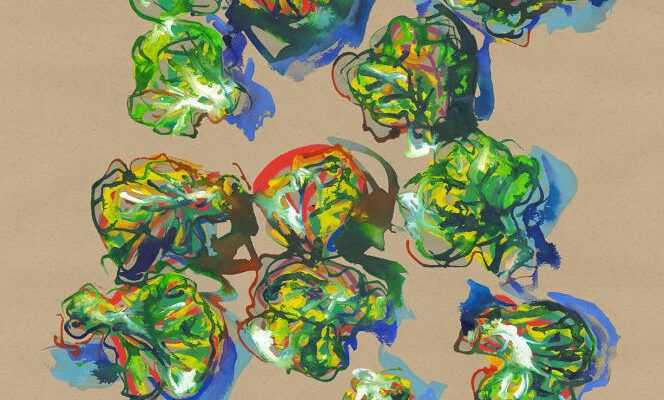In the large Brassicaceae or cruciferous family, Brussels sprouts, Brassica oleracea, variety Gemmifera, is both the most charming and the most feared… mainly because we generally do not know how to accommodate him very well. This very peculiar cabbage has a large single stem, topped with a bouquet, or rosette, of open leaves, which can rise up to 1 meter high. The “cabbages” that we eat are actually the buds that develop along the stem, in small, tight apples, looking like miniature green cabbages.
To obtain a better harvest and more buds, market gardeners sometimes “pinch” the terminal bunch of leaves. Identified in the XVIIIe century, the probable origin of this variety is located in Belgium. First named “fringed cabbage”, “Brabant rejects cabbage” or “spruitjes” (sprout, germ or jet, in Dutch), it was on his arrival in the Paris region, around 1815, that he inherited the name of “Brussels sprouts”. Productive, robust and undemanding, this cabbage thrives in cold regions, especially in the Netherlands, the United Kingdom and Belgium, which are the three largest producers. One plant can produce 20 to 75 small cabbages, which are harvested in late fall and winter, starting from the bottom (most advanced), to the top of the stem.
The Taste of M
Classic
Although quite recent in the history of botany, Brussels sprouts figure prominently in the winter cooking repertoire. It is often the fear of children, following trauma in the canteen, where it is served boiled or overcooked. Yet, just blanched then returned to a pan in brown butter or crème fraîche, roasted over a fire or au gratin under crispy breadcrumbs, Brussels sprouts are as succulent as they are comforting.
Modern
We forget too often, the cabbage is delicious raw, and the Brussels kid in particular. As a salad, leafed or finely chopped, generously seasoned with bergamot lemon juice, green olive oil, fleur de sel and Sichuan pepper, it’s a delight. Chef Romain Meder, who runs the Naturaliste site and works in the kitchens of Le Sapid in Paris, combines it with a seaweed tartare, fresh hazelnuts and burnt lemon paste for an explosive dish.
